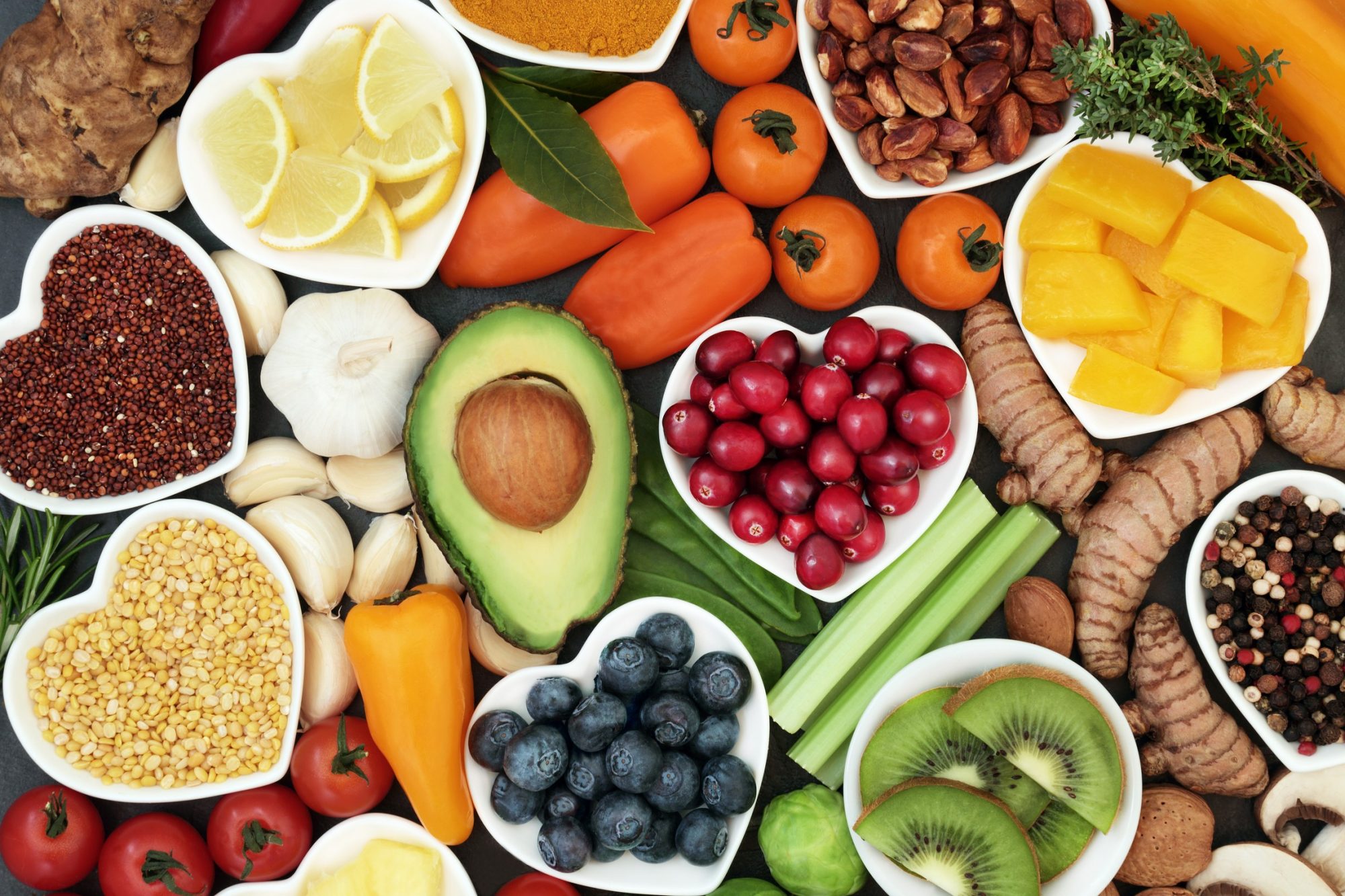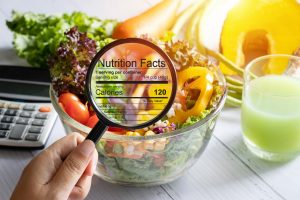
14 Feb Healthy Diets Impact Tucson Hearts

February is American Heart Month, which makes it a great time to think about eating a heart healthy diet. Maintaining a healthy diet is just one of many ways to fight cardiovascular disease, a group of diseases that includes heart disease and is the leading cause of death for Americans.
When thinking about a heart healthy diet, there are many things Tucson employees should consider. The first is whether or not they are eating a variety of foods from all the different food groups: fruits and vegetables, whole grains, lean proteins, nuts and legumes and healthy fats. Consuming a diet of nutrient-rich foods helps everyone make sure that they get the vitamins and minerals they need to stay healthy.
The second thing Tucson employees should consider is the number of calories consumed each day. Because everyone’s age, physical activity level, weight and genetic makeup is different, it is important to take the time to figure out the right number of calories. Making smart food decisions like choosing nutrient-dense options helps individuals get the necessary vitamins and minerals while consuming fewer calories.

In addition to eating and drinking fewer “empty” calorie snacks and beverages, Tucson employees can use the nutrition label and the ingredient list as resources to help make decisions. An important fact to highlight about nutrition labels is the difference between a portion and a serving size. Sometimes a portion and a serving are the same size, but most often, they are not.
According to the National Institute of Diabetes and Digestive and Kidney Diseases, “A portion is how much food you choose to eat at one time, whether in a restaurant, from a package, or at home. A serving, or serving size, is the amount of food listed on a product’s Nutrition Facts, or food label…Depending on how much you choose to eat, your portion size may or may not match the serving size.””
Ingredient lists and nutrition labels do, however, contain a large amount of important information. To better understand that information, here are a few strategies for reading them.
Nutrition Labels
- Determine how big or small the serving size is for each packaged item. Knowing the correct serving size is key to correctly understanding the rest of the information.
- Understand that the “percentage daily value” listed on the nutrition label is not the same for everyone. Most nutrition labels are based on a 2000 calorie per day diet; use that amount and adjust it up or down based on your own caloric needs.
- Pay special attention to the amount of sugar, unhealthy fats, and sodium that are in a serving. Eating too much of those ingredients can contribute to other health conditions.
Ingredient Lists
- Look for recognizable ingredients. If there’s an ingredient that is unknown or cannot be pronounced, look it up.
- Consider which ingredients are listed first or at the top of the list. The sooner the ingredient is listed, the larger the amount is of that ingredient in the product.
- Look for products that have shorter ingredient lists. It often increases the likelihood of finding healthier ingredients.
Another strategy is to offer your Tucson employees delicious and healthy snacks, beverages and fresh food in the office break room. Whether it’s from a micro-market, pantry service or vending machines, employees are more likely to make healthier choices throughout the workday when great refreshment options are available on-site. For more information about upgrading your current refreshment menu or redesigning your break room, please call Tomdra at 520-887-0155. We look forward to customizing the best solution for your organization.
